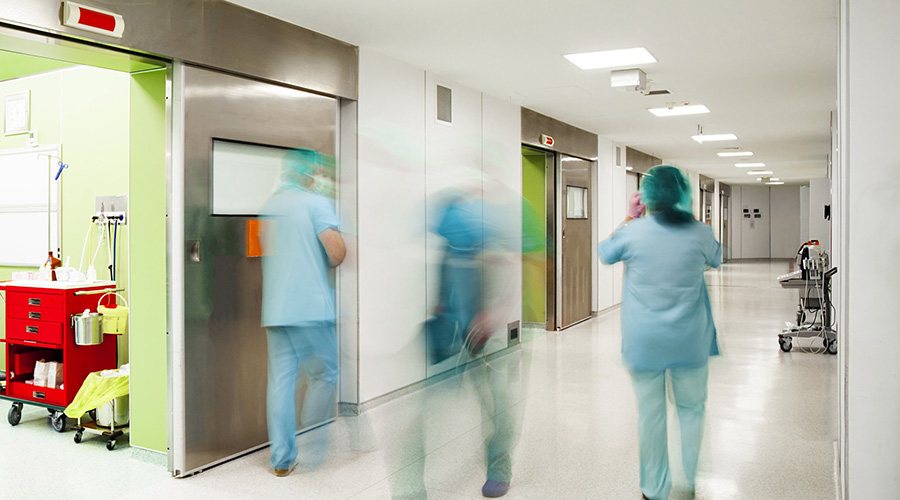Of all the challenges facing the nation's health care system, one of the most solvable is its overwhelming energy consumption. U.S. health care facilities spend $8.8 billion per year on energy according to an article on the GreenBiz website.
Health care facilities are among the most energy-intensive facilities in the U.S. According to the 2003 Commercial Building Energy Consumption Survey (CBECS), the average hospital spends $675,000 on energy costs annually, exceeding the per-building energy costs of other building types by a factor of 10.
Connecticut's Greenwich Hospital was one facility contributing to that total. On the U.S. government's 1-100 rating scale for Energy Star, Greenwich Hospital scored a disappointing score of 47, falling far short of the 75 required to garner an Energy Star designation. The hospital implemented a deep energy retrofit and saved more than 1.7 million kWh and $303,000 of electricity per year, nearly doubled its Energy Star rating to 88, and reduced its overall energy consumption by 35 percent with a less-than-six-month payback on the effort.
There are ample opportunities such as this that can lead to savings of more than 30 percent in hospital energy costs. Health care retrofits provide numerous other benefits as well, ranging from improved equipment longevity to decreased patient recovery times to a more attractive brand, the article said.
Co-written by the Rocky Mountain Institute, the National Renewable Energy Laboratory's "Advanced Energy Retrofit Guide for Healthcare Facilities" is part of the "Advanced Energy Retrofit Guides" series, which provides retrofit guidance specific to various commercial property types. The health care guide reveals the significant impact retrofits in this industry can have on energy savings and patient care.
Read the article.

 Making the Energy Efficiency Case to the C-Suite
Making the Energy Efficiency Case to the C-Suite How to Avoid HAIs This Flu Season
How to Avoid HAIs This Flu Season Design Phase Set to Begin for Hospital Annex at SUNY Upstate Medical
Design Phase Set to Begin for Hospital Annex at SUNY Upstate Medical Building Hospital Resilience in an Era of Extreme Weather
Building Hospital Resilience in an Era of Extreme Weather Ennoble Care Falls Victim to Data Breach
Ennoble Care Falls Victim to Data Breach